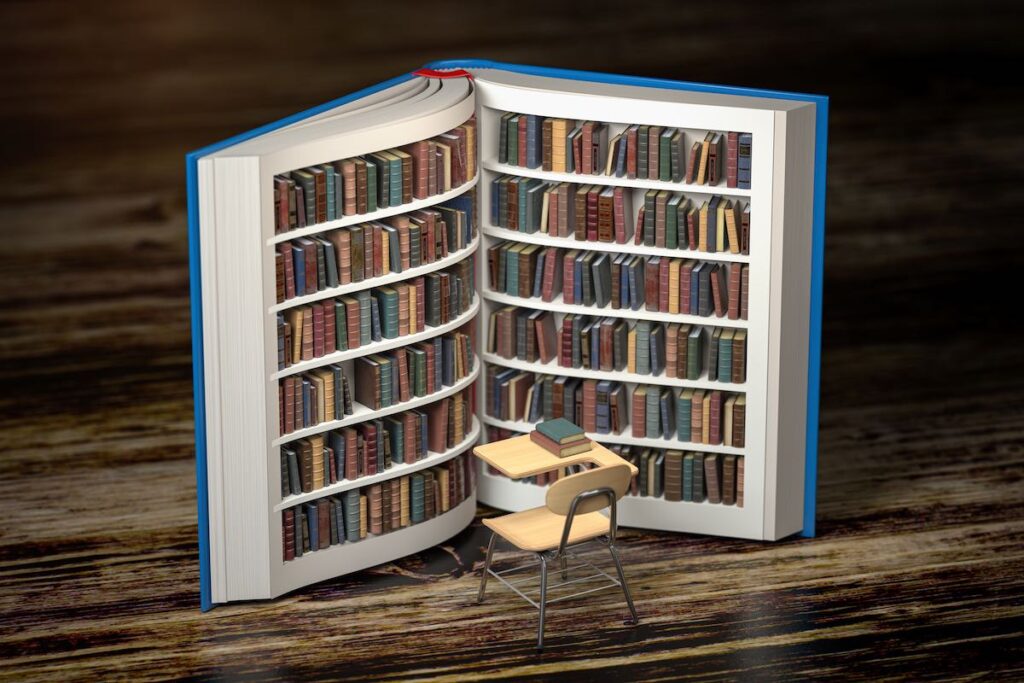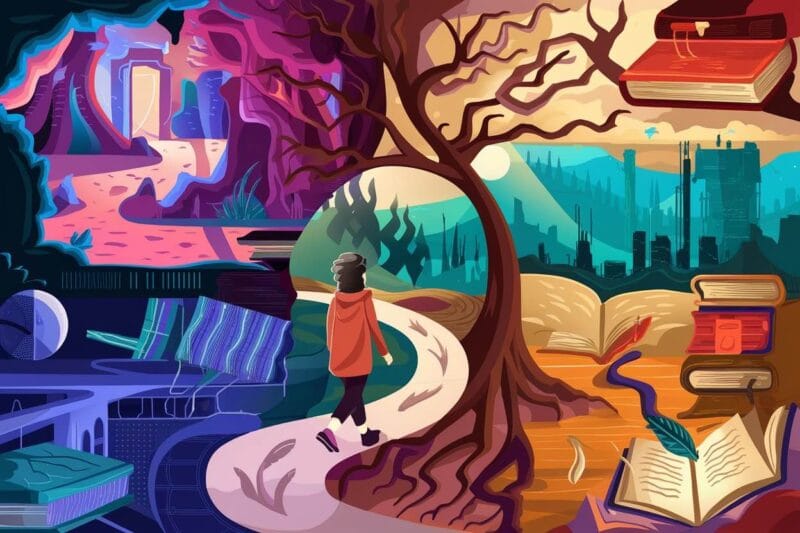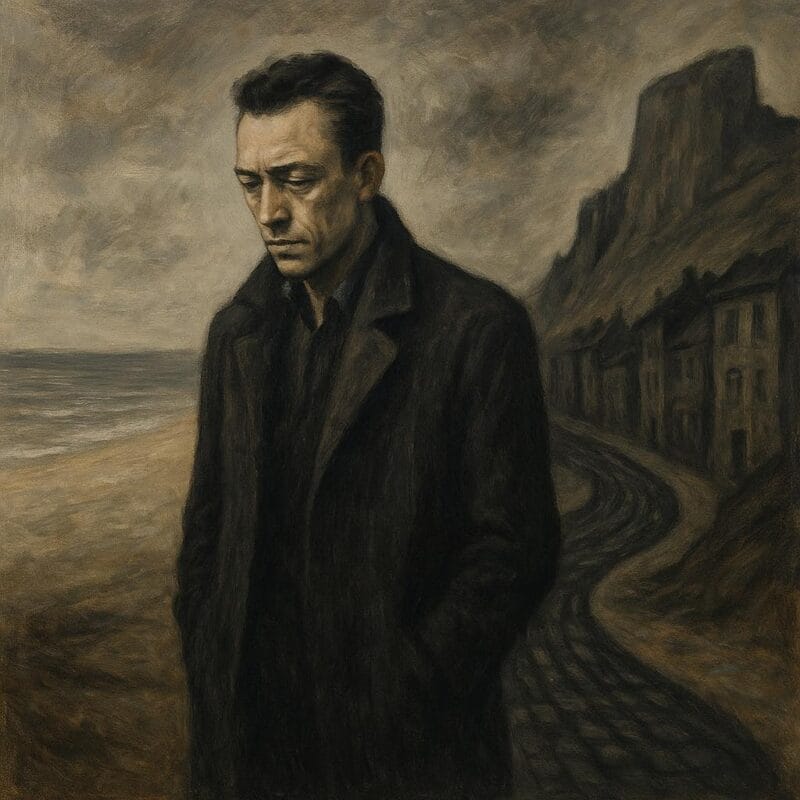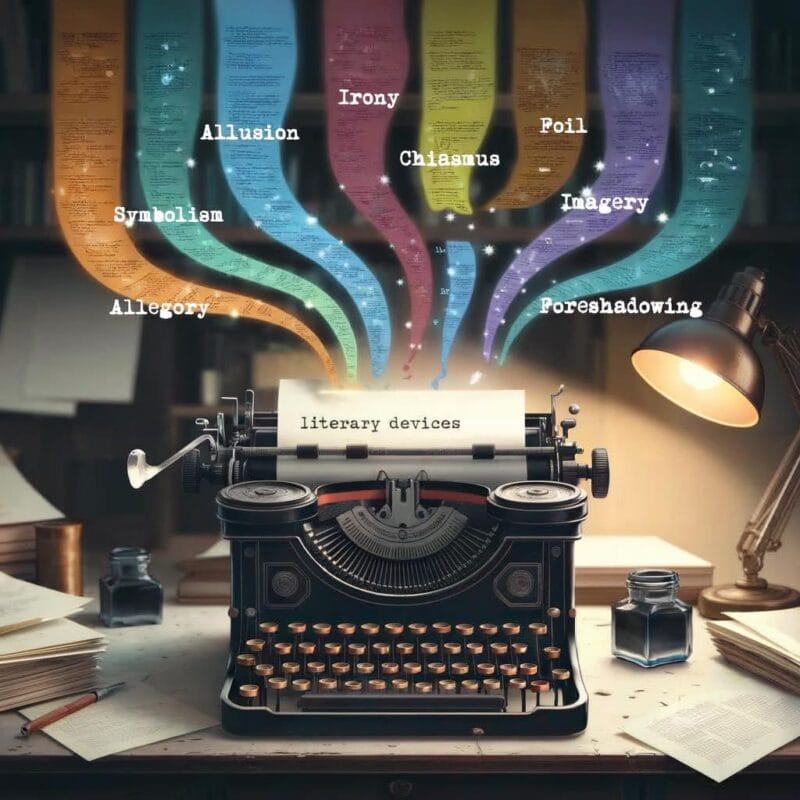- Dame Antonia Susan Byatt, known as A.S. Byatt, is a prominent author in modern British literature, celebrated for her intertextual masterpieces that weave together art, literature, and history.
- Her fiction uses visual arts to deepen narratives, reflecting human emotions and desires. For instance, in Still Life, she parallels Stephanie Potter’s life with still-life paintings by Van Gogh, Matisse, and Velásquez.
- In The Matisse Stories, Byatt ties each story to a Matisse painting, exploring characters’ lives through his vibrant art.
- Byatt’s works, like Possession and The Children’s Book, integrate literary and historical references, creating complex, reflective narratives.
Dame Antonia Susan Byatt, famously known as A.S. Byatt, is widely regarded as one of the most perceptive authors of modern British literature. Her works of fiction are intertextual exploratory masterpieces, weaving together vibrant threads of artistic expression, chronological eras, and literary canons. She doesn’t just convey tales via her works; she paints them, including aspects from art, literature, and history.
Let us look at the intricate creativity of Byatt’s fiction, where the distinctions between art, literature, and history frequently meet and overlap and are constantly obscured. This article digs into the hypnotic convergence of these aspects, explaining how they define her narrative skills and influence the reader’s experience.
Byatt’s Use of Visual Arts as a Window into Human Experience
The breadth and depth of the human experience have always been powerfully expressed via the medium of many forms of art. The use of several visual art forms within a literary work provides the story with an additional depth of complexity and significance.

Byatt’s works frequently use visual art as a mirror to reflect and deepen her narratives, serving as a window into the intricate workings of human emotions, desires, and perceptions. Paintings become more than just static images on a canvas; they become living entities that reflect the inner landscapes of her characters’ minds. Each stroke of the brush, each color choice, carries symbolic weight and contributes to the overall tapestry of meaning within her stories.
Still Life
For instance, in Still Life (1985)—the second novel in her Quartet series—she draws parallels between the life of her character Stephanie Potter and the still-life paintings of artists Vincent Van Gogh, Henry Matisse, and Diego Velásquez. The narrative is interspersed with rich, vivid descriptions of these paintings, underscoring the theme of life suspended, much like the objects in a still-life artwork.
By embedding visual arts into her storytelling techniques, Byatt not only improves the aesthetic appeal of her works but also goes deeper into issues such as identity, love, grief, and self-discovery. The paintings act as mirrors, reflecting the intricacies of human existence and provoking thought on serious existential problems. She inspires people to investigate the fundamental links between art and life through detailed descriptions of artworks and artistic symbolism.
The Matisse Stories
In her collection of three short stories, The Matisse Stories (1993), each story is intrinsically tied to the works of the French artist Henri Matisse, corresponding to a particular Matisse painting, using the visual tableau as a springboard to delve into the intricate lives of her characters. Byatt, through these stories, captures the essence of Matisse’s vibrant palette and fluid forms, translating them into narratives of everyday life, full of its own colors and contours.
In “Medusa’s Ankles”, for instance, a woman’s increasing dissatisfaction with her aging body and the changing world around her is juxtaposed with the beauty of a Matisse mural in a hairdressing salon. The mural becomes a focal point, a constant amidst change, and a reflection of both beauty and decay.
The Children’s Book
Though it predominantly orbits the domain of literature, The Children’s Book (2009) doesn’t sideline visual art. Olive Wellwood, a central character, is a writer of children’s tales, and the runaway boy she’s taken in by, named Philip Warren, is a budding potter. His journey into the world of pottery—shaping clay, understanding forms, and the art’s meditative quality—becomes emblematic of the human desire to mold one’s destiny. Through Philip’s craft, Byatt examines the intersections of creativity, individualism, and the constraints of tradition.
Elementals: Stories of Fire and Ice
In this other collection of stories, published in 1998, Byatt prominently features the world of art by channeling rich sensory experiences into the narrative. For example, the story “A Lamia in the Cévennes” revolves around a painter who encounters a water nymph in his pool. As he paints her, the process becomes an exploration of the human need to capture beauty, the tensions between reality and illusion, and the transformative power of both art and nature. Through the juxtaposition of myth and canvas, Byatt delves into the primal instincts and desires that drive human creativity.
Ekphrasis and Visual Descriptions in A. S. Byatt’s Works
Byatt frequently employs ekphrasis, which refers to the literary description or interpretation of a work of art, in her writings. She uses it to express not only the physical features of a painting, for example, but also its deeper meaning and symbolism. This helps viewers have a better understanding and appreciation for both the artwork and its relationship to the story. She exemplifies descriptive writing’s effectiveness in capturing visual art and inspiring aesthetic sensations in readers.
Byatt’s writings extensively employ visual descriptions to bring vivid situations to life through language. She is able to immerse readers in the realm of visual art through the expert use of words, giving them the chance to feel the beauty, emotions, and intricate details of paintings without really seeing them. To produce a vivid picture that captures the reader’s imagination, she uses specific, sensory-rich descriptions.
Literature Within Literature
Now, we’ll look at how Byatt’s love of literature manifests itself in her own works to see how art connects with literature. Her stories typically involve characters who are academics, authors, or ardent readers, which is part of her literary style, and she uses their relationship with literature to delve into the delicate interaction between fiction and reality. She fluently references and reinterprets major literary texts and themes, allowing her readers to connect with the canon while also presenting a unique perspective. Her method combines literary allusions with original storytelling, inviting readers to investigate the thick web of intertextuality.

Possession
In Possession (1990), for example, the characters are literary scholars who become obsessed with uncovering the secret love affair between two Victorian poets. Byatt skillfully introduces us to their poems, letters, and diaries within the narrative, creating a metafictional exploration of the relationship between literature and life.
Here, Byatt doesn’t merely write about Victorian literature; she creates it. The poems, reminiscent of Browning and Rossetti, aren’t mere props; they are entities, allowing a deep dive into the Victorian psyche, the period’s sexual politics, and the nature of possession—both of artifacts and of human relationships. The result is a deep dive into the act of literary creation and scholarly pursuit, blurring the lines between past and present.
The Biographer’s Tale
In The Biographer’s Tale (2000), Byatt introduces us to Phineas G. Nanson, a postgraduate student who abandons the ambiguity of literary theory in search of something more concrete: biography. As Nanson delves into the life of a biographer named Scholes Destry-Scholes, he uncovers three seemingly unrelated narratives: that of Carl Linnaeus, the botanist; Francis Galton, the explorer; and Henrik Ibsen, the playwright.
These discovered fragments act as stories within the main narrative. By interweaving these historical figures into her fiction, Byatt plays with the notions of fact and fabrication, bringing into question the very nature of biography itself. Can any account of a life, she seems to ask, be truly exhaustive or unbiased?
The Djinn in the Nightingale’s Eye (1994)
This is a collection of five fairy tales, but the title story stands out as a novella-length exploration of storytelling. Dr. Gillian Perholt, a narratologist (a scholar of narratives), encounters a djinn inside a bottle. The djinn, being centuries old, spins tales from various epochs and cultures, even as Perholt’s own life starts to unravel like a modern fairy tale.
Here, Byatt contrasts the ancient art of oral storytelling with the contemporary narratives of academic conferences and personal relationships. The stories the djinn recounts are nestled within Perholt’s own narrative, creating a play of mirrors where tales reflect and inform one another.
Angels & Insects (1992)
Comprising two novellas, “Morpho Eugenia” and “The Conjugial Angel”, this work is rife with literary allusions and embedded narratives. “The Conjugial Angel”, for instance, is heavily influenced by Alfred Lord Tennyson’s “In Memoriam”. In the novella, characters engage in séances, and the spirits that speak to them often recite poetry or recount their pasts, allowing stories to emerge within stories.
Byatt’s intertwining of poetry and narrative challenges the boundaries between life and death, past and present, while offering a contemplation on mourning and the process of healing through storytelling.
Art and Literature as Historical Commentary
As previously noted, the defining characteristic of Byatt’s fiction is her adeptness at blending references and motifs from art and literature, creating a complex narrative lattice. By embedding literary and artistic artifacts within her stories, she doesn’t merely reference them; she revives and recontextualizes them.
By reinvigorating bygone art and literature within her narratives, she posits that both are eternal and cyclical, continuously shaping and reflecting societal values and challenges. Moreover, by embedding her stories in rich historical contexts, she compels readers to see history not as a linear progression but as a rich tapestry of interconnected events, ideas, and expressions.
In this vein, Byatt’s writings frequently employ art and literature as lenses through which to examine historical events and ideas. She provides commentary on the socio-cultural environment of the times she investigates through her characters’ relationships with various mediums.
Going back to The Children’s Book, which spans the end of the Victorian era to WWI, Byatt explores the Edwardian era’s artistic and literary circles through the lives of several families, juxtaposing the burgeoning of children’s literature with the darker realities of the time. The era’s clay pottery, Fabian socialism, and the suffragette movement aren’t just background details; they actively shape the characters’ ideologies and destinies.
In all of her books in the Quartet series, characters like Frederica navigate the tumultuous waters of post-WWII Britain, embodying the era’s intellectualism, emerging feminism, and socio-cultural revolutions. Their personal narratives are intricately interwoven with events like the Suez Crisis or the rise of television, making them living embodiments of their times.
As we can see, Byatt’s characters are rarely just people; they are frequently representative of greater historical currents and cultural trends. Their fates, aspirations, and quandaries serve as a microcosm of the historical eras they occupy.
Byatt’s fiction, with its intricate fusion of art, literature, and history, beckons readers to delve deep, to not just read but to reflect and connect. She reminds us that art isn’t separate from history or literature—they feed into each other, shaping, preserving, and reflecting our collective consciousness.
Further Reading
“Magnificent Hybrids.” David Mitchell on the Alchemy of A.S. Byatt’s Stories by David Mitchell, Literary Hub
Fairy Tales and Paradigms by John Updike, The New Yorker
Writing in terms of pleasure by Sam Leith, The Guardian
A. S. Byatt by Edward T. Wheeler, Commonweal Magazine




